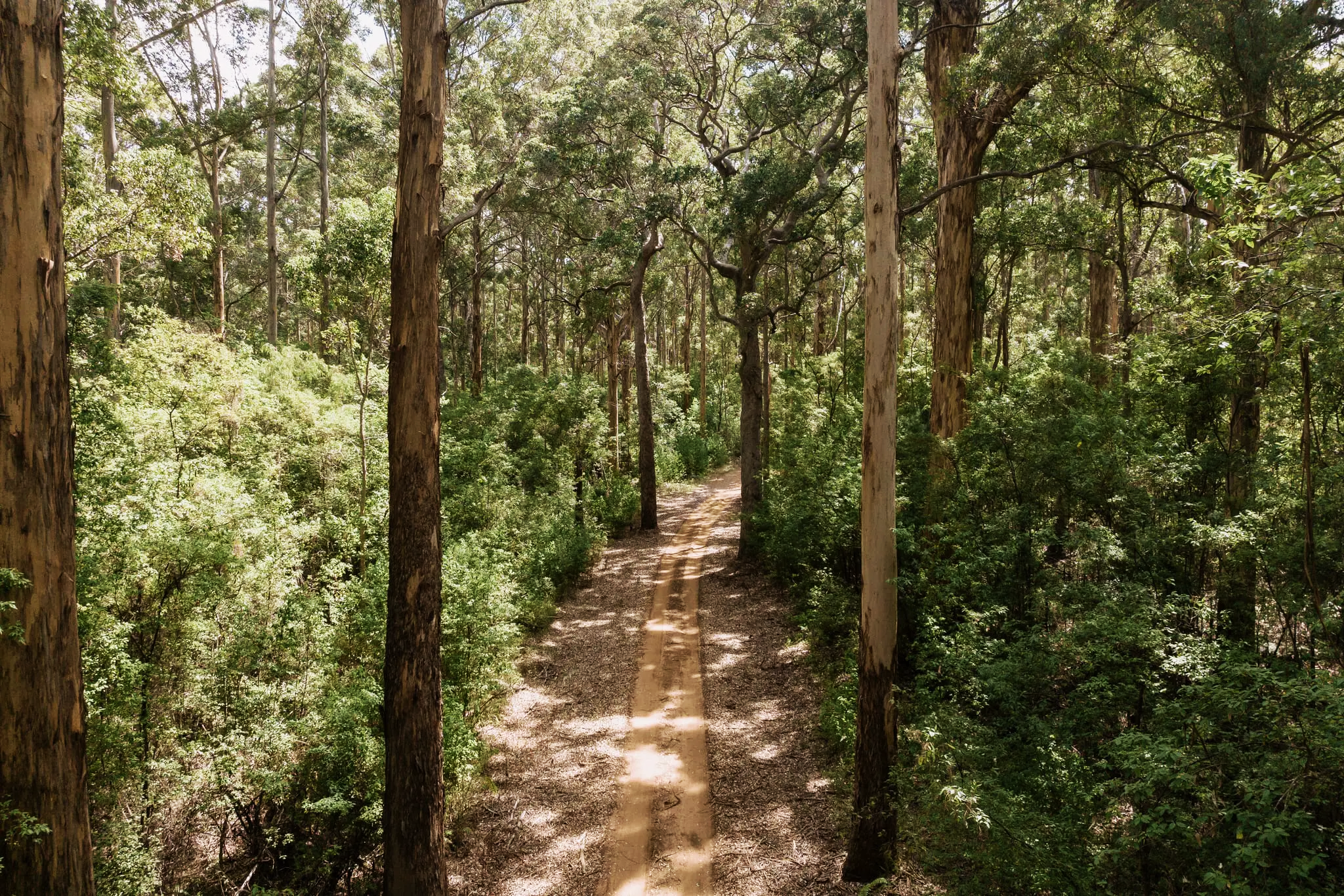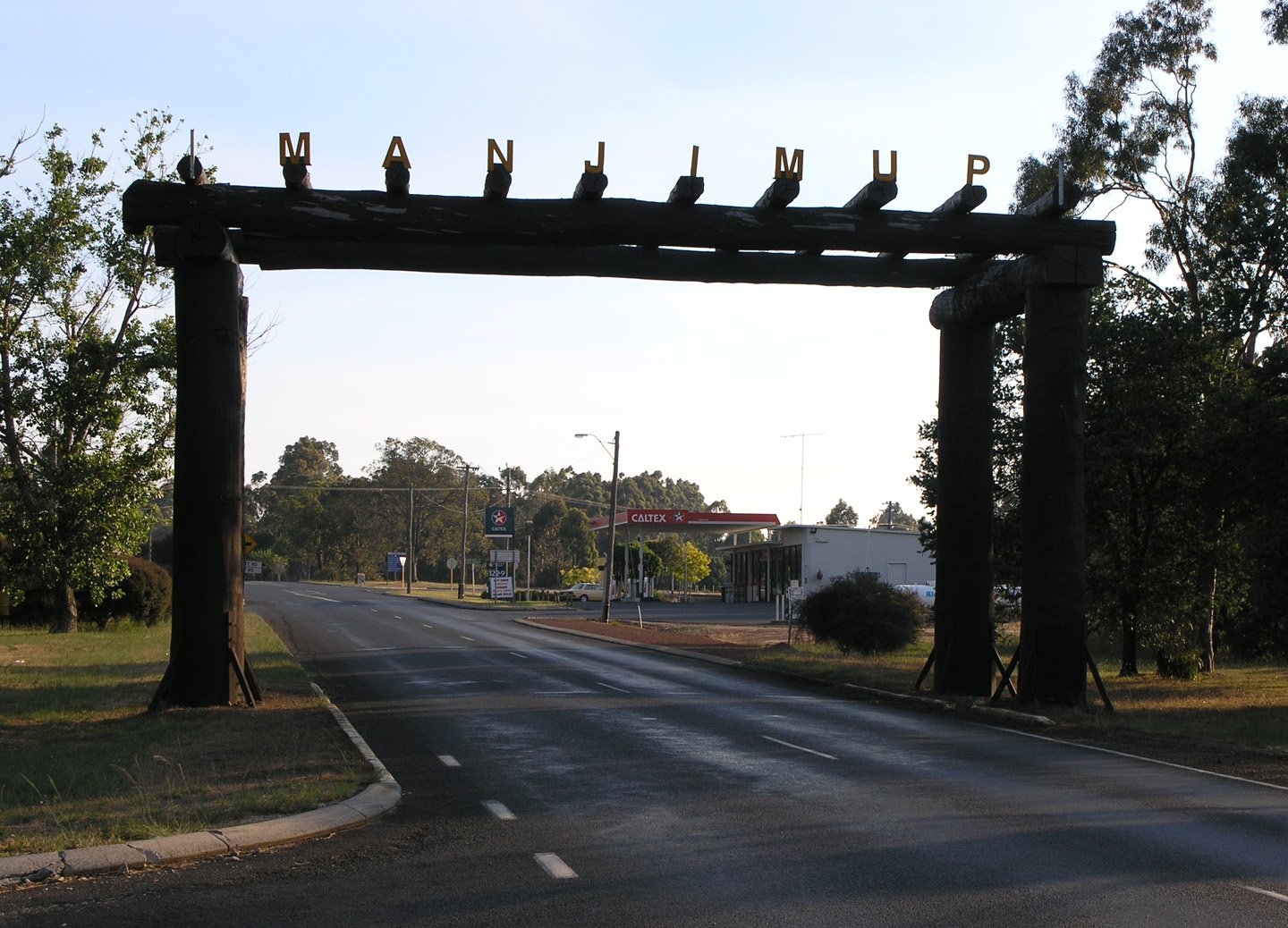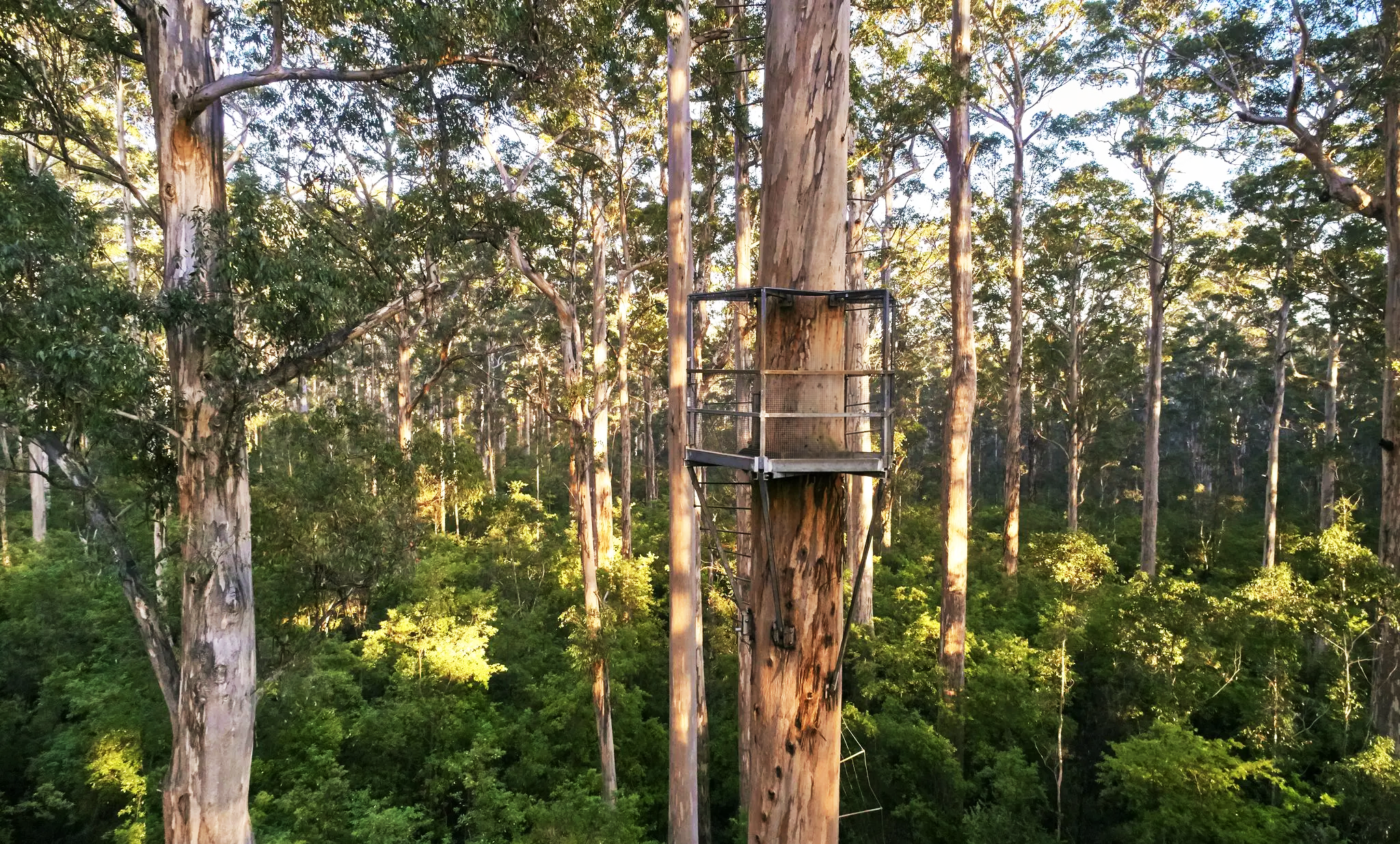What is Jarrah?
Jarrah (Eucalyptus marginata) is a remarkable hardwood species native to the southwest corner of Western Australia. Renowned for its strength, durability, and stunning reddish-brown hues, Jarrah has played a significant role in the cultural and spiritual heritage of our region.
This limited geographic range makes Jarrah a particularly special and valuable resource. It's not just its beauty and durability that make it sought after, but also its rarity and connection to the unique ecosystem of Western Australia.
Jarrah timber is renowned for its exceptional hardness and durability, making it one of the strongest hardwoods in the world. Its Janka hardness rating, a measure of a wood's resistance to denting and wear, is around 1980 lbf (8800 N), which puts it on par with some metals like mild steel
Beyond its structural integrity, Jarrah is also highly sought-after for its aesthetic qualities. Its rich, deep colours range from deep red to warm brown, often accentuated by unique figuring and mesmerising grain patterns like "fiddleback" or "tiger stripe." The unique characteristics of each piece of Jarrah timber reflect the tree's growth, resilience, and the passage of time in the harsh Australian environment. Factors such as soil conditions, exposure to the elements, and the tree's individual growth patterns contribute to variations in colour, grain patterns, and figuring, which make each piece of Jarrah timber a unique and captivating material for both functional and artistic creations.
In History
For centuries, Jarrah timber has been prized for its exceptional properties. Its resistance to rot, fire, and termites made it the ideal choice for a wide range of applications, both locally and internationally.
Uses
In Western Australia, Jarrah was extensively used in the construction of homes, bridges, railway sleepers, and notably, numerous churches and cathedrals. These historic structures, many of which date back over a century, still stand strong today, a living testament to Jarrah's timeless resilience.
Some iconic examples of Jarrah's use in sacred architecture include:
St. George's Cathedral in Perth: Features magnificent Jarrah timber vaults and intricate interior details.
St. Mary's Cathedral in Perth: Showcases extensive use of Jarrah in its structure and interior finishes.
St. Francis Xavier Cathedral in Geraldton: Incorporates Jarrah in its beautiful ceiling and flooring.
Trade
Jarrah's fame spread far beyond Australia, and it became a sought-after commodity in international markets. Its durability and resistance to rot made it ideal for applications like:
Railway Sleepers: Jarrah was exported to countries like Britain and India, where it was used to build railway tracks that could withstand harsh conditions.
Street Paving: London's iconic Piccadilly Circus was once paved with Jarrah blocks, a testament to the wood's toughness.
Marine Structures: Jarrah's resistance to marine borers made it ideal for piers, wharves, and other underwater structures.
Industry:
The Jarrah timber industry played a pivotal role in the development of Western Australia. Towns like Manjimup, Pemberton, and Nannup became thriving centres for logging and milling, with Jarrah exports driving economic growth in the region. However, the industry's impact on the environment led to concerns about sustainability, and by the early 20th century, stricter regulations were put in place to protect Jarrah forests.




The Holy Hearth Approach
Jarrah's density and unique grain structure, while contributing to its strength and durability, present a formidable challenge for traditional woodworking techniques. The wood is incredibly hard, quickly dulling hand tools and demanding frequent sharpening and meticulous care. Moreover, the interlocked grain, where the fibers twist and intertwine, can cause the wood to tear or splinter during carving, requiring exceptional skill and patience to achieve smooth, clean lines. The presence of silica, a naturally occurring mineral, further increases the wood's hardness and abrasive properties, adding to the challenge for hand tools.
Historically, these factors limited the use of Jarrah in intricate carvings and detailed objects, as the laborious process demanded a level of expertise that was both time-consuming and costly. However, advancements in woodworking technology have opened up new possibilities for working with this remarkable wood. Precision machining and laser engraving, for example, allow for intricate designs to be created with unparalleled accuracy and minimal risk of damage to the wood's fibres.
Today, In modern times, the recognition of Jarrah's ecological importance and the need for sustainable forestry practices have led to a significant decline in the availability of old-growth Jarrah timber. The slow growth rate of these majestic trees, which can take centuries to reach maturity, further contributes to the scarcity of this precious resource. As a result, old-growth Jarrah, particularly specimens showcasing the unique and captivating figure that develops over hundreds of years, is becoming increasingly rare and sought after. This scarcity not only enhances the inherent value of any item crafted from this unique wood but also makes it a truly exclusive and treasured possession, a tangible link to the ancient forests of Western Australia.
At Holy Hearth, we strive to bridge the gap between traditional craftsmanship and modern innovation. While we embrace these advanced techniques to create intricate designs, we also recognise the importance of the human touch. Every piece we create undergoes meticulous hand-finishing, ensuring that each Jarrah creation retains its natural character and warmth while showcasing the exceptional beauty that can only be achieved through skilled craftsmanship.








